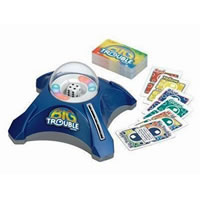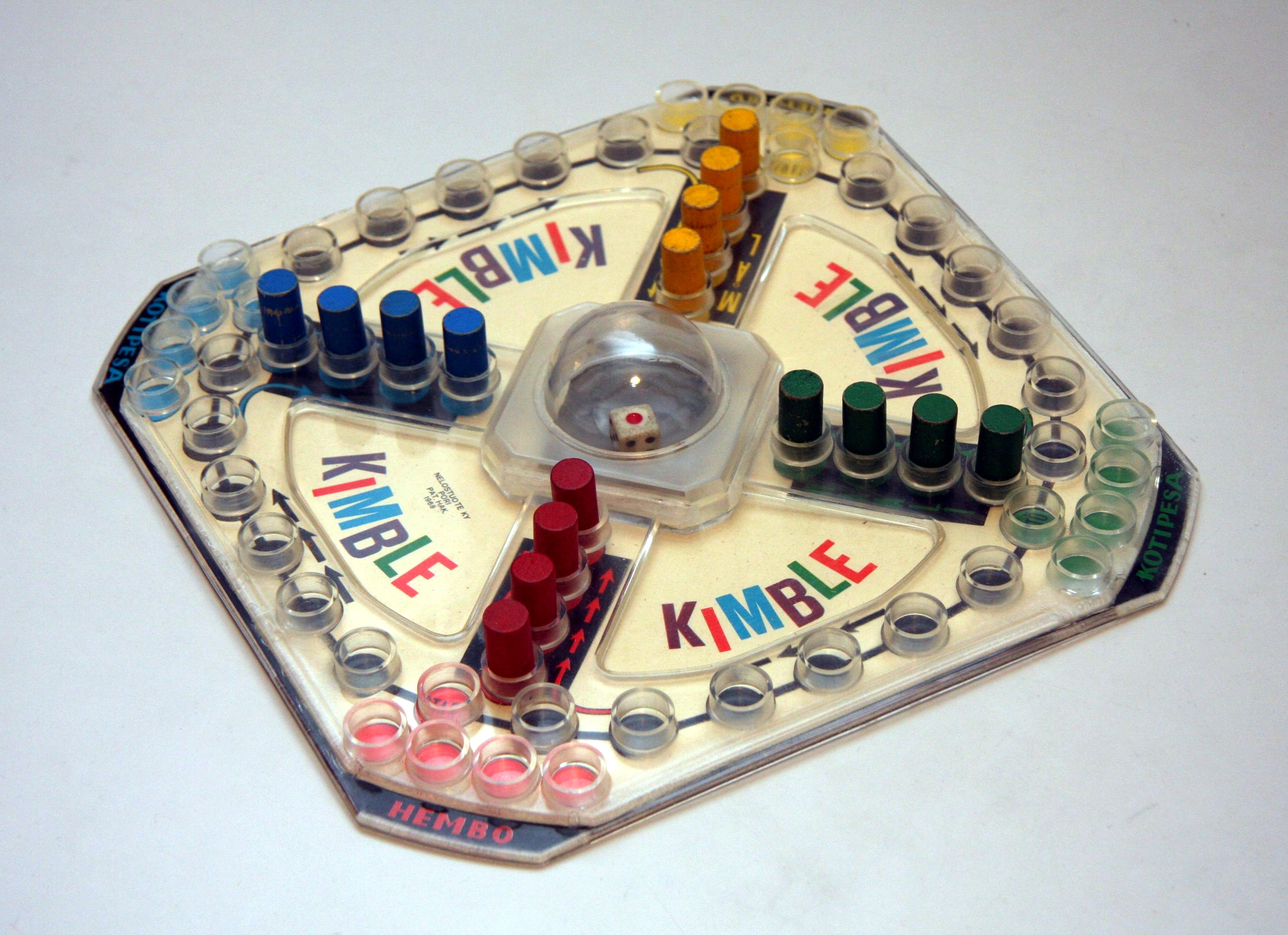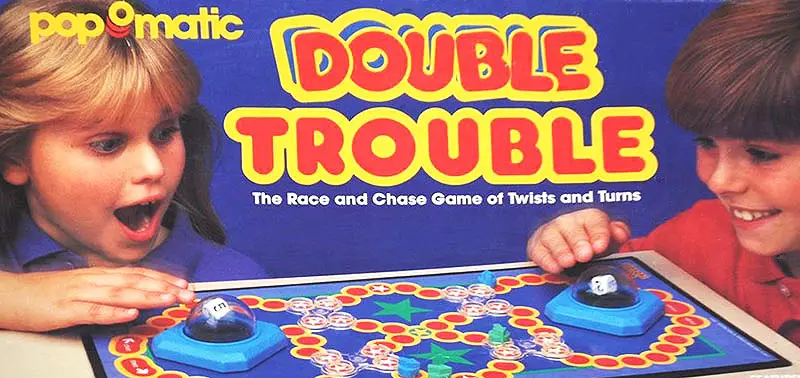


Move one pawn seven spaces forward, or split the seven spaces between two pawns (such as four spaces for one pawn and three for another). (In the 2013 edition, the player may also "move fire" as part of this card's effect.) If the player cannot use a two to move, they can still draw again. Drawing a two entitles the player to draw again at the end of their turn. (In the 2013 edition, the player may also "move ice" before doing so.)Įither move a pawn from Start or move a pawn two spaces forward. A 1996 board from Waddingtons had 5 of each card.Ĭards are annotated with the following actions:Įither move a pawn from Start or move a pawn one space forward. The first edition of the game had 44 cards (four of each) and the extra 1 card was soon introduced as an option for quicker play. The 6s or 9s are omitted to avoid confusion with each other. The modern deck contains 45 cards: there are five 1 cards as well as four each of the other cards ( Sorry!, 2, 3, 4, 5, 7, 8, 10, 11 and 12). However, if a pawn is forced via a 10 or 4 card to move backward out of the Safety Zone, it is no longer considered "safe" and may be bumped by or switched with opponents' pawns as usual until it re-enters the Safety Zone. Pawns inside the Safety Zones are immune to being bumped by opponents' pawns or being switched with opponents' pawns via 11 or Sorry! cards. Access is limited to pawns of the same color. The last five squares before each player's Home are "Safety Zones", and are specially colored corresponding to the colors of the Homes they lead to. All pawns on all spaces of the slide (including those belonging to the sliding player) are sent back to their respective Starts. If a pawn lands at the start of a slide (except those of its own color), either by direct movement or as the result of a switch from an 11 card or a Sorry card, it immediately "slides" to the last square of the slide. Players can not bump their own pawns back to Start if the only way to complete a move would result in a player bumping their own pawn, the player's pawns remain in place and the player loses their turn. However, two pawns cannot occupy the same square a pawn that lands on a square occupied by another player's pawn "bumps" that pawn back to its own Start. A 1 or a 2 places a pawn on the space directly outside of start (a 2 does not entitle the pawn to move a second space).Ī pawn can jump over any other pawn during its move. To begin the game, all of a player's four pawns are restricted to Start a player can only move them out onto the rest of the board if they draw a 1 or 2 card.

One player is selected to play first.Įach player, in turn, draws one card from the deck and follows its instructions. Hasbro now continuously publishes it.Įach player chooses four pawns of one color and places them in their Start. Sorry! was adopted by Parker Brothers in 1934. The US patent was issued on 11 April 1933. Patent 1,903,661 was filed for Sorry! on by William Henry Storey. It was subsequently sold in the United Kingdom by Waddingtons, the British games manufacturer who sold it from 1934. William Henry Story of Southend-on-Sea filed for a patent for the game in England, where it was registered as a trade mark on (UK number 502898). The diamond space and corresponding rule were removed from subsequent editions.

Instead, a pawn of that colour must diverge from the outer space square towards their "Home". Older versions of Sorry! contain a coloured "diamond space" directly one space back from each start square a pawn of the diamond's colour may not move forward over this square. On each side are two "Slides", grouping four or five spaces each. Four five-square paths, one per colour, lead from the common outer path towards a player's Home and are designated their "Safety Zone". The board game is laid out in a square with 16 spaces per side, with each player assigned their own coloured Start location and Home locations offset towards the centre, one per side. Movement of pawns is directed by the drawing of a card. The pawns are normally moved in a clockwise direction but can be moved backward if directed. The objective is to be the first player to get all four of their coloured pawns from their start space, around the board to their "home" space.


 0 kommentar(er)
0 kommentar(er)
